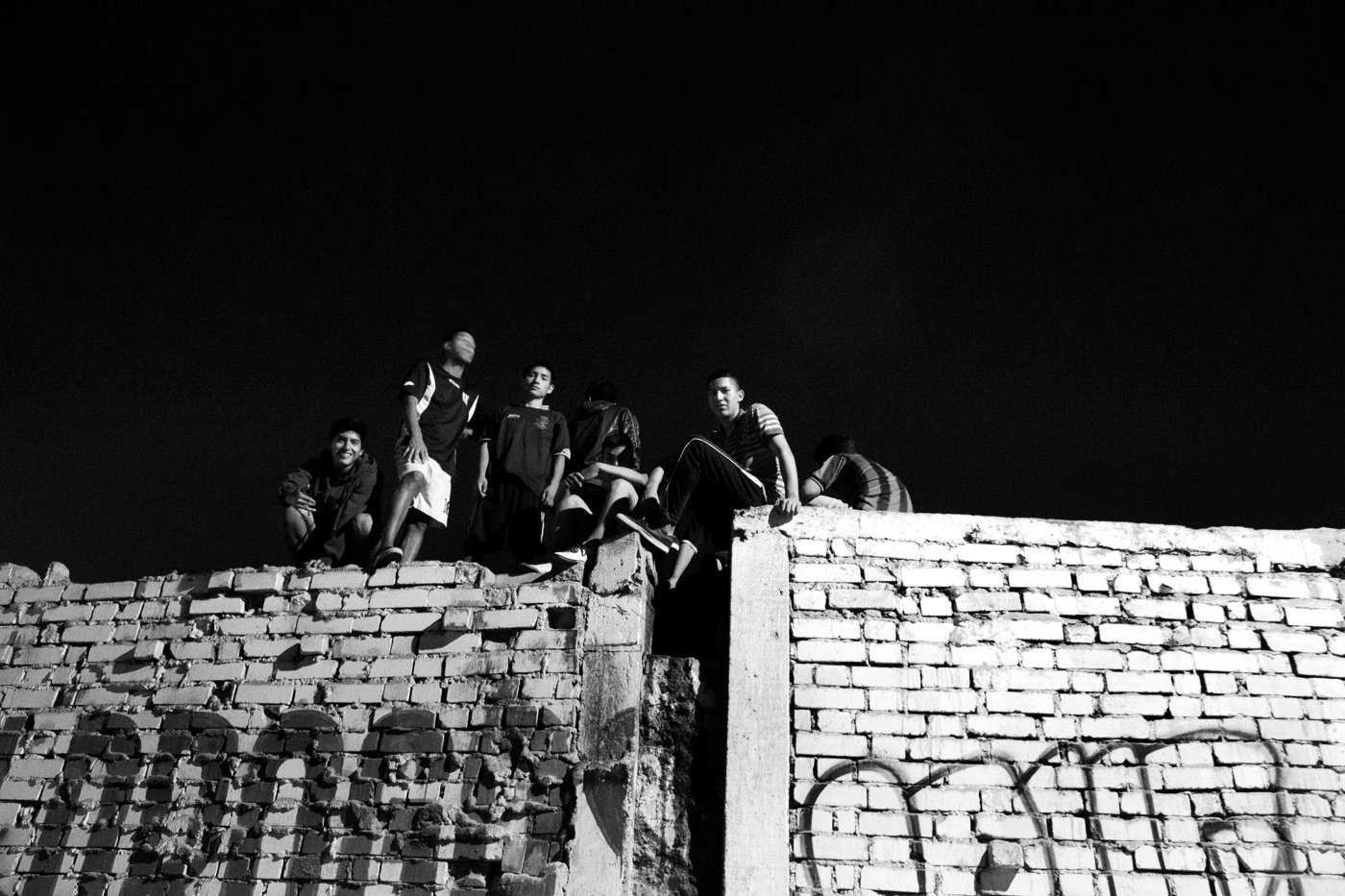JESÚS LAZO
All rights reserved ©Jesús Lazo
I was born in 1993 and lived the first stages of my life in Lima, Peru. I studied graphic design, but I was more interested in photography; in 2015, with some colleagues, we created the collective "Recontrapai" in the context of the social protests of that year.
When and where did you start photographing?
JL: I took my first photos as a teenager when I was out with my friends in my El Agustino neighborhood. I was making a visual journal without knowing it yet. In 2015, when I was studying photography, the Peruvian congress approved the Pulpin law and caused protests led by the young people of my generation; So, I left my small circle of friends that I had been taking photos with, and I started to take pictures in the form of protest. The Pulpin Act, or Youth Labor Act, squandered the work of young people just entering the labor market.
Who has been the reference for your photography?
JL: Nobuyoshi Araki, Daido Moriyama, Masahisa Fukase y Jim Goldberg. Peruvian references: Daniel Pajuelo, Juan Michilerio and “El Nada”.
“The photos I take are from day to day, and we can all see the symbols and what they mean for each one, but due to daily life and routine, we get distracted and stop thinking about ourselves”
What do you want to communicate through your photography?
JL: My first interest when taking a photo was to save that moment. When I would see those photos and what was happening there, I would feel some nostalgia and sensation. That caught my attention because they were everyday, and day-to-day situations that could transmit abstract things such as emotions or feelings. The most remarkable thing, I think, is that when another person sees those photos, they don't feel my nostalgia but feel their nostalgia or feelings based on their memories. That is what I want to convey with my photographs.
How are your life experiences reflected in the symbolism we see in your photographs?
JL: The photos I take are from day to day, and we can all see the symbols and what they mean for each one, but due to daily life and routine, we get distracted and stop thinking about ourselves. Responsibilities come at a certain age, and, from my own experience, there’s no time to get lost and reflect for a while.
All rights reserved ©Jesús Lazo








